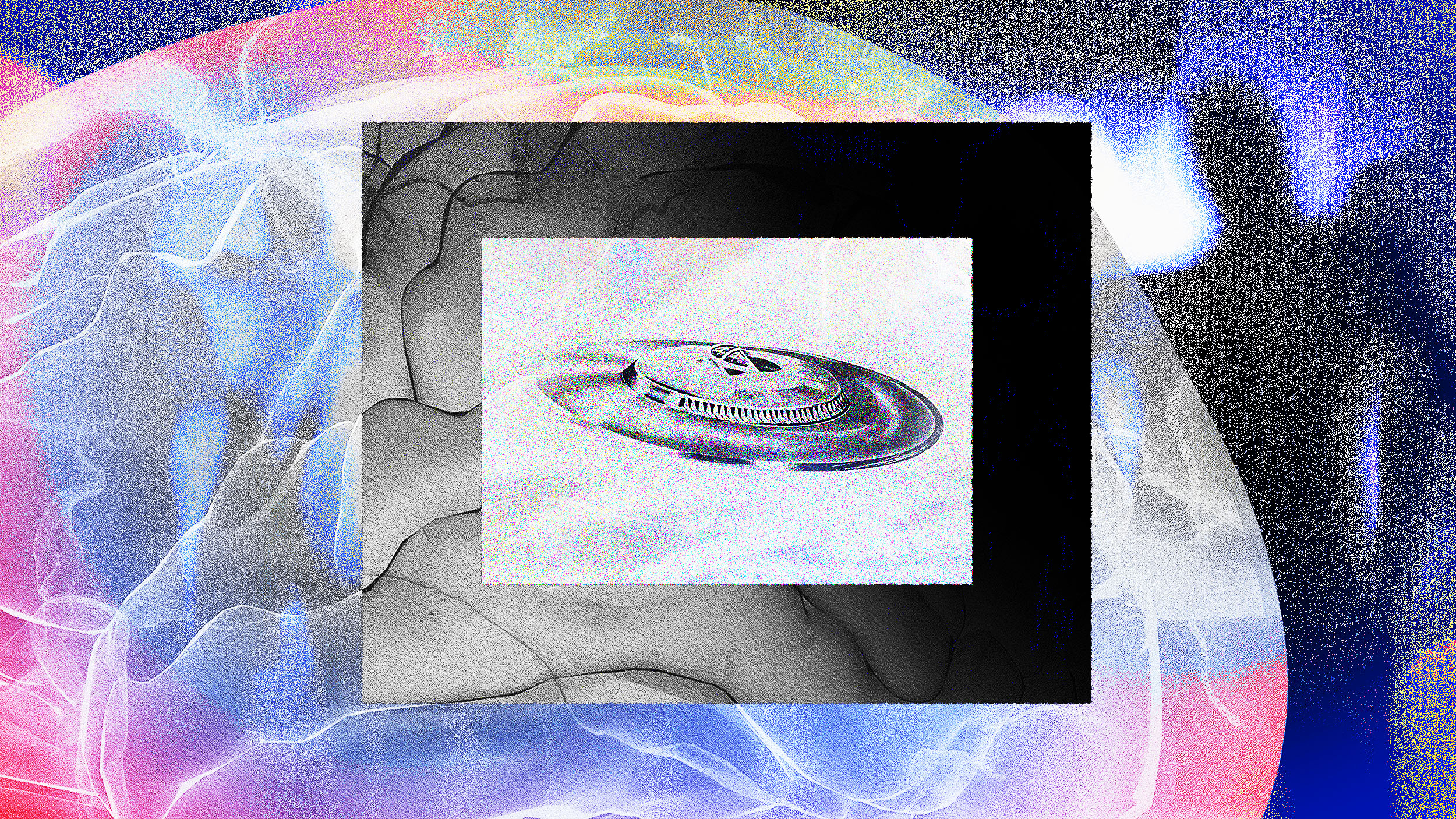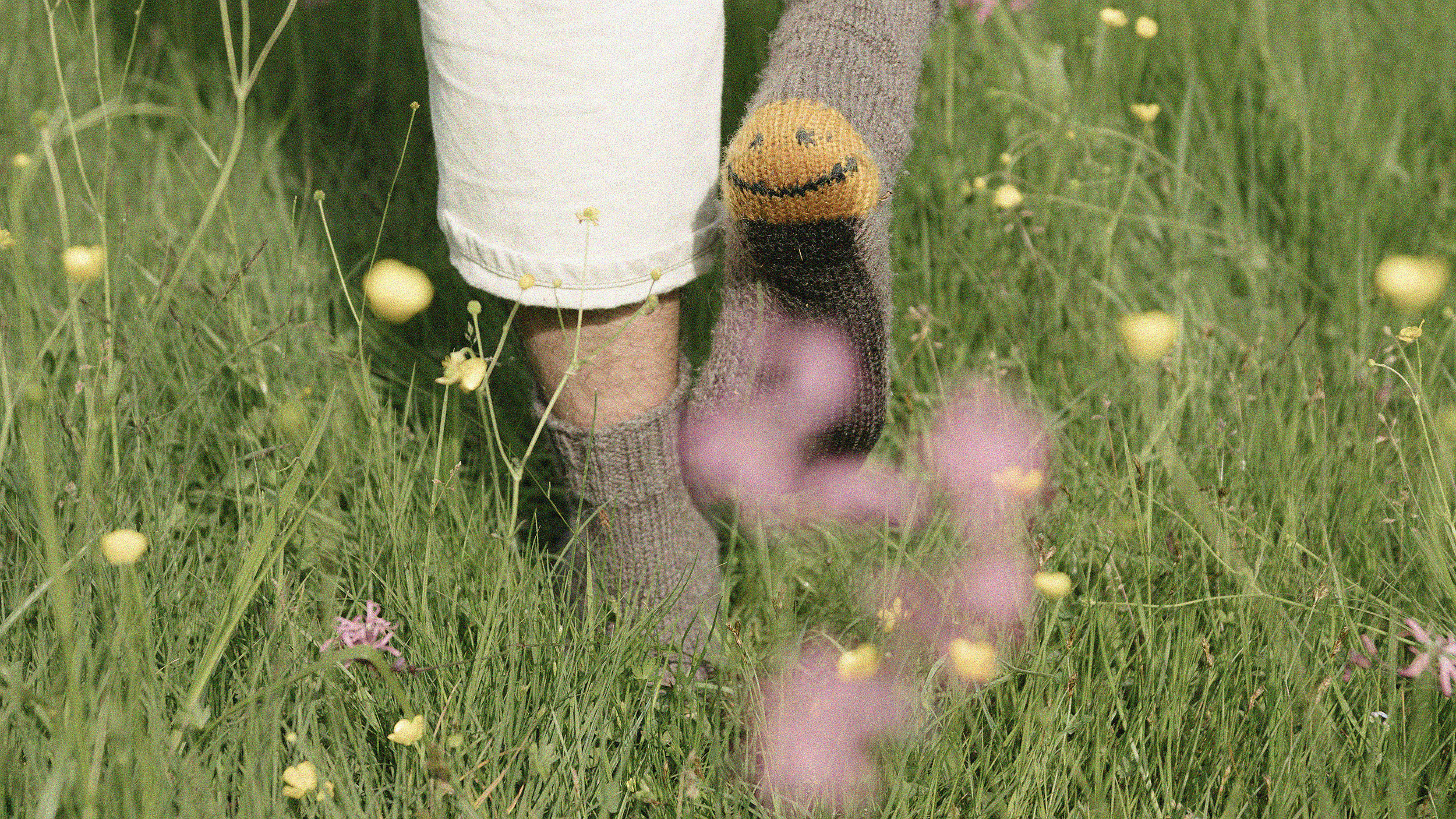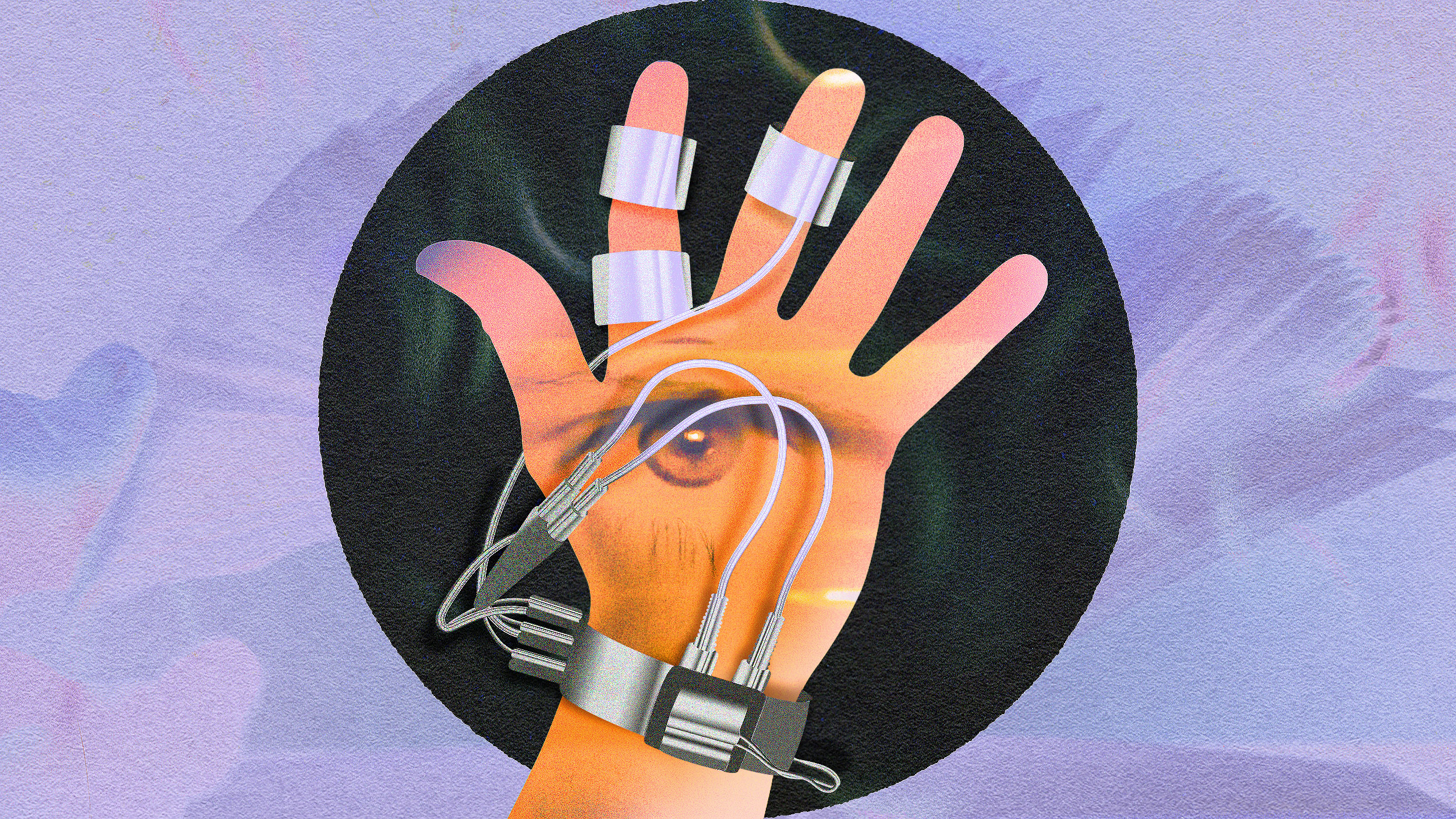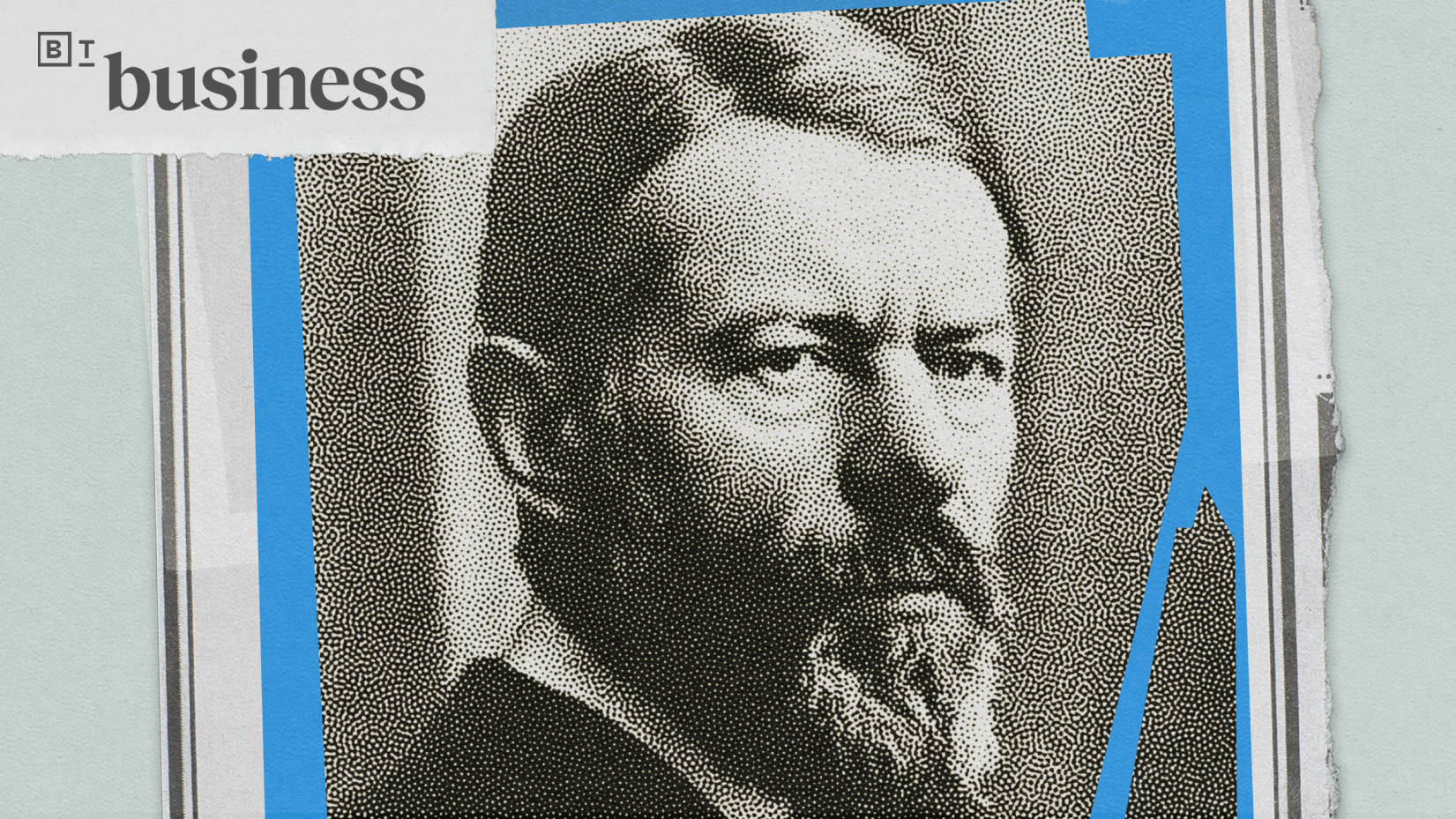A strange paradox emerges when people greatly value happiness: They end up more likely to suffer depression. It’s not because happiness is bad. Rather, there seems to be a fundamental problem with pursuing happiness in itself, as if it’s an ever-moving destination you can never quite settle at.
How should we navigate this happiness paradox? For Dr. Tal Ben-Shahar, co-founder and chief learning officer of Happiness Studies Academy, the answer is to pursue happiness indirectly. Ben-Shahar compares it to looking at the Sun: Staring at it directly is bad for you and won’t provide a clear view of the star. But when you look at light indirectly — say, through a prism — you can see and appreciate the different colors that lie within.
So what are the “colors” of happiness? Ben-Shahar proposes they can be found in the SPIRE model, which stands for spiritual, physical, intellectual, relational, and emotional well-being. These five domains of well-being can foster not only happiness, but also (and perhaps more importantly) they can help us become more antifragile — a term coined in 2012 by Nassim Taleb to refer to one’s ability to “bounce back” even stronger after experiencing stress, setbacks, or shocks.
TAL BEN-SHAHAR: There are only two kinds of people who do not experience painful emotions. The first kind are the psychopaths. The second kind are dead. There is a false understanding or expectation that a happy life means being happy all the time. No. Learning to accept and even embrace painful emotions is an important part of a happy life. And the study of painful emotions is an important part of the field of happiness studies.
My name is Tal Ben-Shahar. I’m a student and teacher in the field of happiness studies, and my most recent book is ”Happier, No Matter What”.
There is a very important concept that was introduced by Nassim Taleb, and that is antifragility. Antifragility is essentially resilience 2.0. Resilience 1.0 is when we put pressure on a system. After the pressure is lifted, that system goes back to its original form. Antifragility takes this idea a step further. You put pressure on a system. It actually grows bigger, stronger. We see antifragile systems all around us and within us. For example, our muscular system. We go to the gym and we lift weights. We’re putting pressure on our muscles. What happens as a result, we actually grow stronger. We’re an antifragile system.
On the psychological level, you know what that’s called? PTG, post-traumatic growth. So where post-traumatic stress disorder, PTSD, is about breaking down, post-traumatic growth is about growing stronger as a result of the pressure of stress. It’s antifragility. The role of the science of happiness is to teach us what conditions we can put in place to increase the likelihood of growing from hardship.
Now, there is a paradox when it comes to pursuing happiness. On the one hand, we know that happiness is a good thing, whether in and of itself or as a means toward other ends. At the same time, we also know from research by Iris Moss and others, that people who say to themselves, “Happiness is important for me, I want to pursue it,” those individuals actually end up being less happy. In fact, they’re more likely to experience depression. So the paradox is that on the one hand, happiness is clearly a good thing. On the other hand, valuing it as a good thing is problematic.
So what do we do? The way to resolve this paradox is that we pursue happiness indirectly.
Think about sunlight. So if I look at the sun directly, it’s going to hurt my eyes. However, if I break down sunlight into its elements, into its constituents, I can look at the colors of the rainbow. So I’m indirectly looking at the sunlight, enjoying it, savoring it. In the same way, pursuing happiness directly can cause more harm than good. But breaking it down into its elements can lead us to enjoy the indirect pursuit of happiness and by extension to raise our overall levels of happiness. What are the metaphorical colors of the rainbow when it comes to happiness? Here we have what I’ve come to call the SPIRE model. And it can trigger the antifragile system.
SPIRE is an acronym that stands for Spiritual, Physical, Intellectual, Relational, and finally, Emotional well-being. Spirituality is about finding a sense of meaning and purpose in life, at work, and at home. If you wake up in the morning with a purpose, you’re more likely to overcome barriers.
When it comes to physical well-being, the most important idea to look at is stress, the silent killer. In the United States, more than half of the employees do not use up their vacation time. And even those that do, close to half are still tethered to their work. The problem is not the stress; it’s the lack of recovery.
With intellectual well-being, there’s research showing that people who are curious, who ask questions are not just happier. They also live longer. Another important element is not just asking questions. It’s deeply engaging with the material. It can be text, a work of art, even nature.
Relational well-being is very important. The number one predictor of happiness is the quality time we spend with people we care about and who care about us. And it turns out the number one condition that we can put in place to increase the likelihood of antifragility of growing through hardship is the quality of our relationships.
Finally, emotional well-being. So embracing painful emotions is critical, but how do we then cultivate pleasurable ones? Specifically, the emotion of gratitude. Cicero talked about gratitude as the mother of all virtues. When we appreciate the good in our life, we have more of it.
So happiness is much more than pleasure. Happiness is whole-being. These five elements together create that sunlight: happiness. I don’t think there is a point before which one is unhappy after which one is happy. Rather, happiness resides on a continuum. It’s a lifelong journey. And knowing that, we can have realistic rather than unrealistic expectations about what is possible. I do not think that things necessarily happen for the best. However, we can learn to make the best of things that happen.







